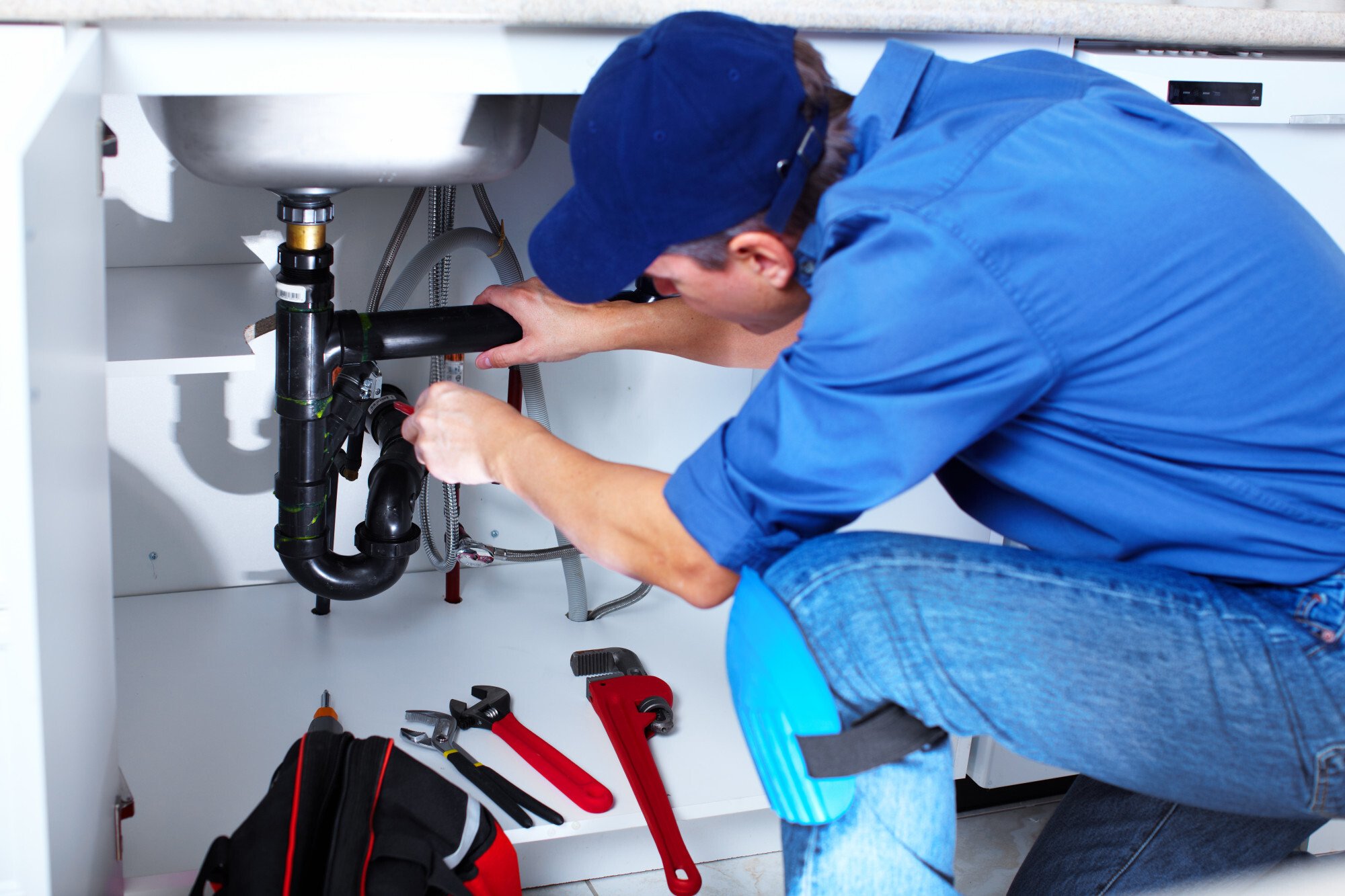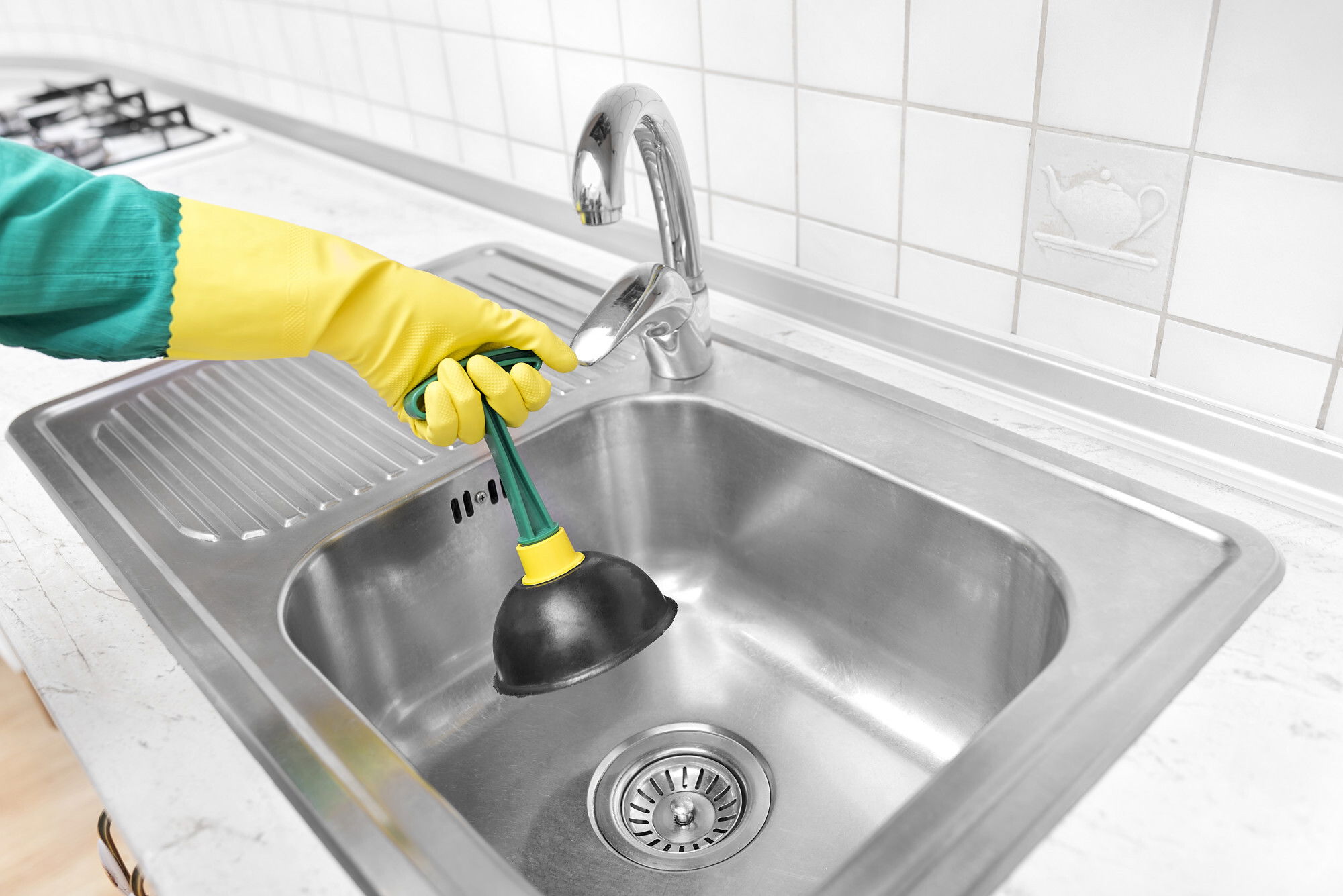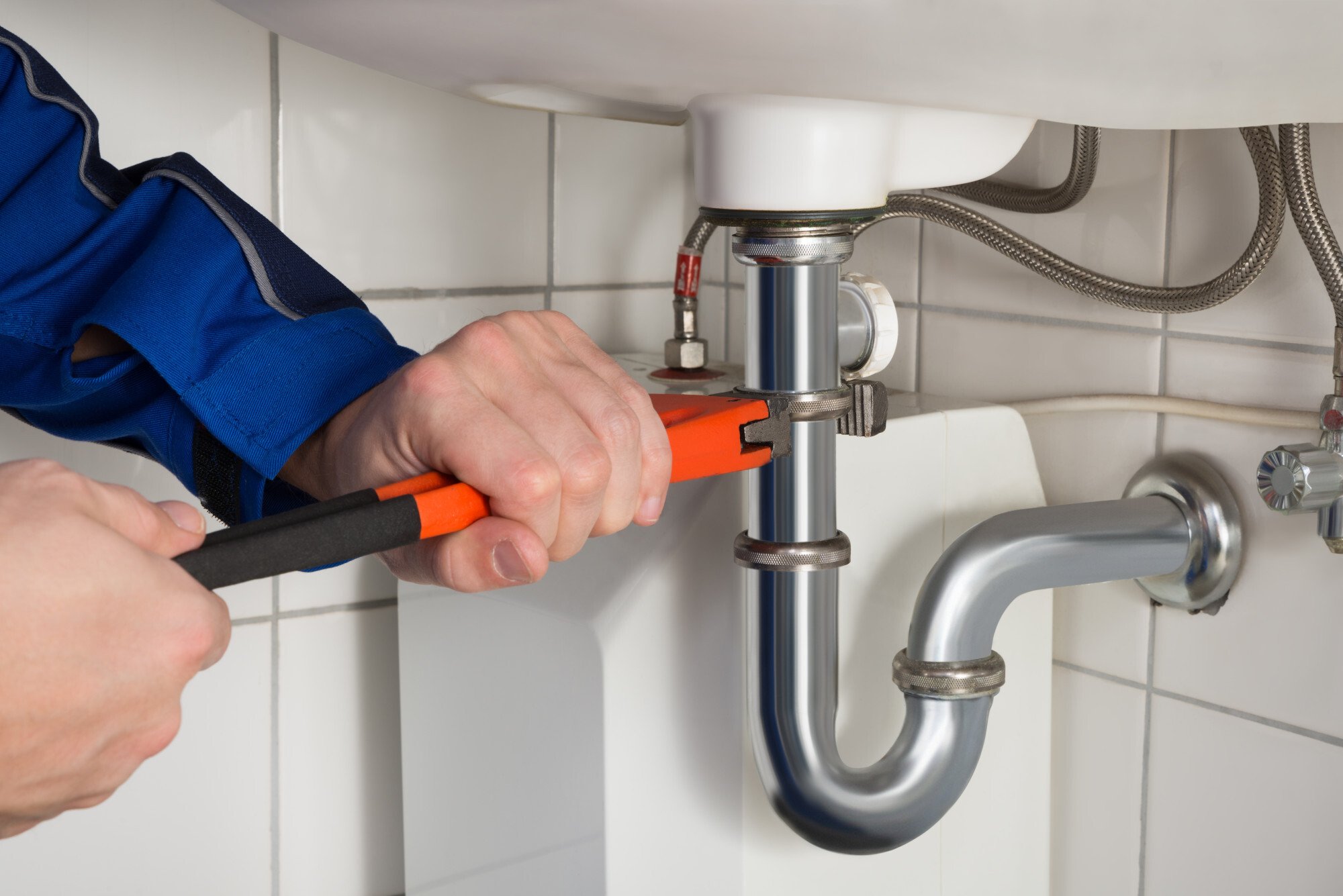
Water heating is a simple heat transfer method that uses electricity to heat water over its original temperature. Typical domestic uses of water are bathing, cooking, washing, and even space heating.
In industry, water heaters and hot water are used in various ways, most of which have different uses for commercial and residential users. Industrial systems have become increasingly efficient over the past few decades. Although industrial water heaters are usually more expensive than their domestic counterparts, they have multiple benefits including reduced operating costs, increased reliability, and lower fuel consumption. This site will tell you more about best water repair service provider.
Hot water for industry can be pumped through pipes to storage tanks, which are also known as fluid reconditioning systems. When a tank is full, it is not necessary to pressurize the pump, so the water temperature is maintained at the same level. This ensures continuous pressure in the system. The storage tanks need to be periodically refilled to ensure the pressure is maintained and the temperature is consistent.
Another type of system in the industry is a preheater. These are generally used in industrial settings where the water is pumped through a pipeline and is then sent to a central heating system. This is the most efficient type of system, since no pressure is required to maintain the water at a constant temperature.
In residential homes, hot water can also be delivered through piping. The pressure is measured and maintained using a gauge and the pump is designed to maintain the pressure. It can be beneficial to use a hot water heater in a home rather than a tankless water heater in order to save on space.
As previously mentioned, many of these systems work to prevent the need for electricity for the heating process, which helps in conserving energy. These types of systems use hot air instead of steam in the steam boiler in order to heat the water. Steam boilers use energy to create steam while a tank of water is heated. A system such as this will still require electricity to function.
In industrial systems, the heat exchangers are located near the tank that holds the water. In a tankless heater, the water heats directly from the heat exchanger. This allows the water heater to heat a lot more water than a tank system would. The efficiency of the heater is determined by the size of the tank, and the design of the system should be considered in this case as well.
One of the biggest disadvantages to this type of heater is that the system itself is large and requires a great deal of room. This may cause a decrease in room size, if not properly insulated. Additionally, the efficiency may be lessened since it takes energy from the air circulating around the water and reduces the flow of hot air into the tank. It is more efficient to install the unit in an area where it can remain cool without the tanking being needed. Open here to learn more about the best water repair service provider near you.
It is important to make sure that any system that utilizes these heat exchangers is installed properly. A leak in the heater may result in high levels of pressure being created in the system. If there is a leak, this can cause a significant reduction in the amount of water flowing through the system, causing a loss of pressure and damaging the system. This is why it is important to be cautious in the installation process. Check out this post that has expounded on the topic: https://en.wikipedia.org/wiki/Plumber.


